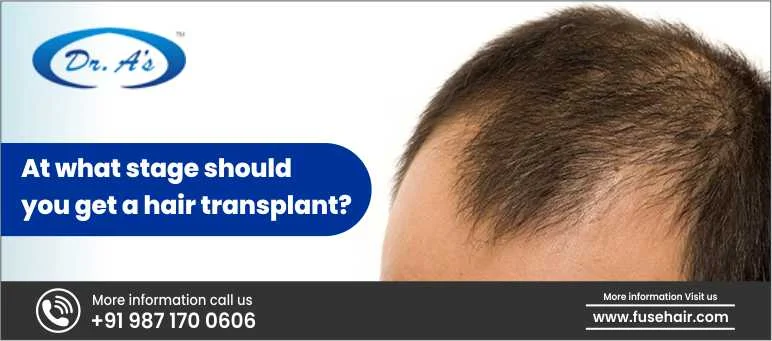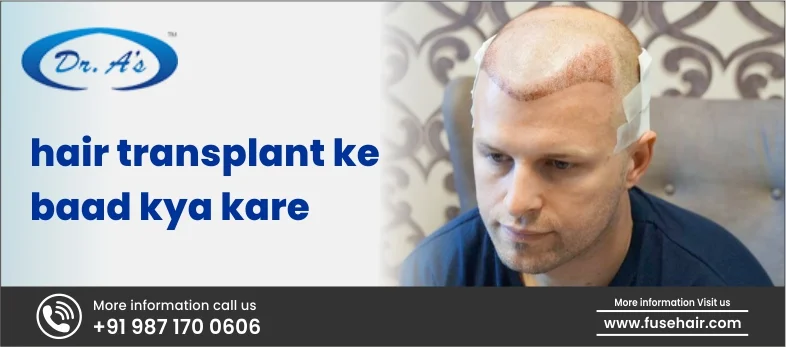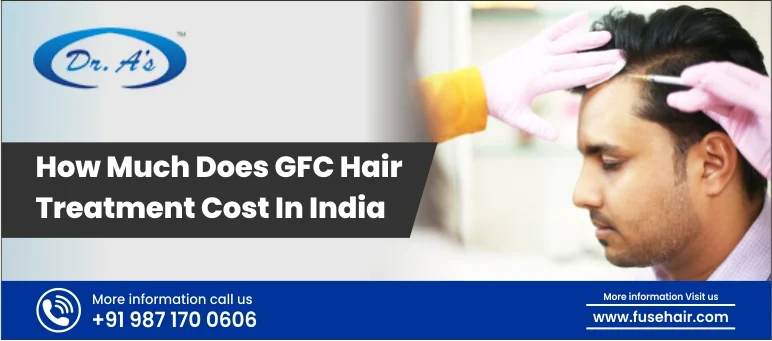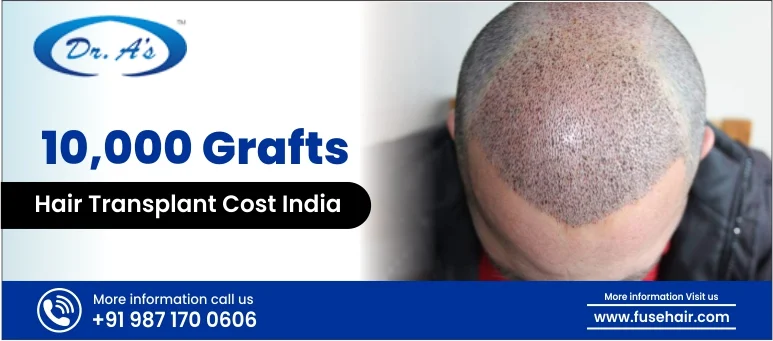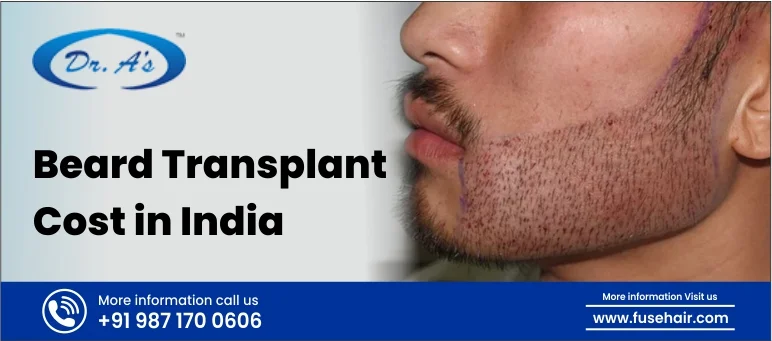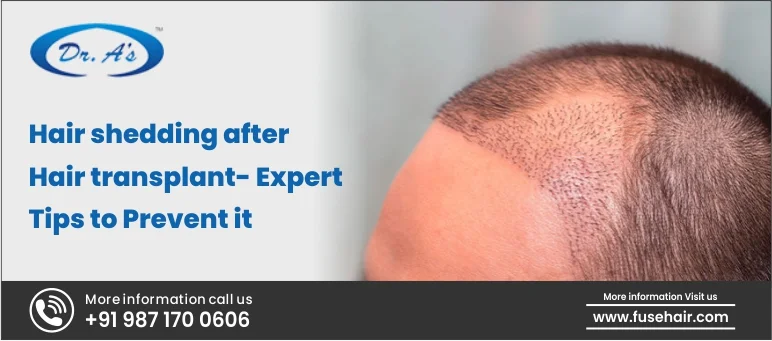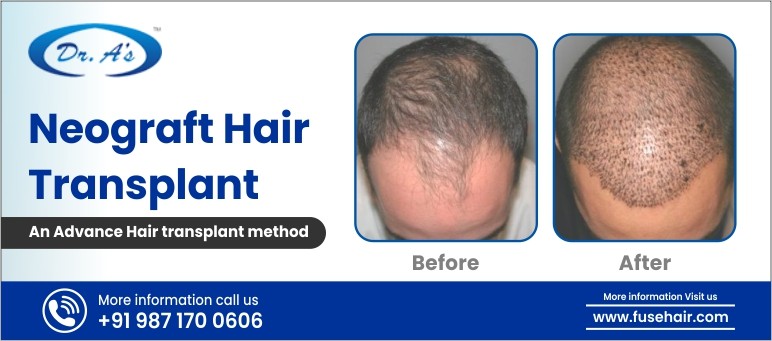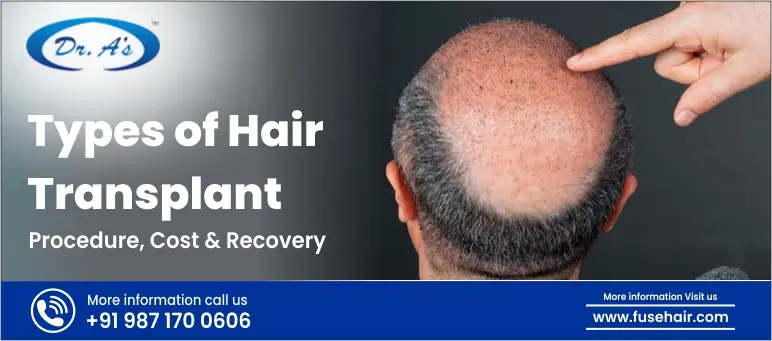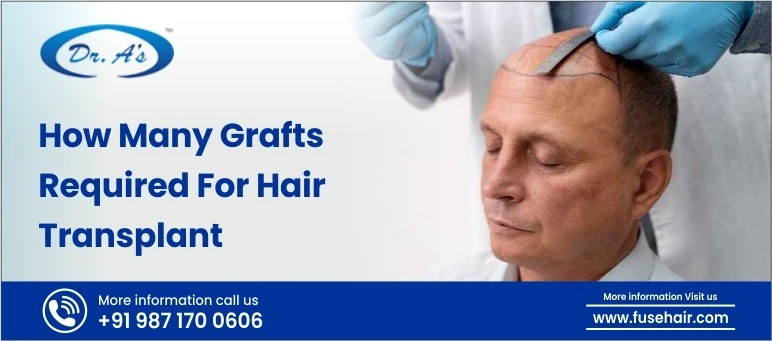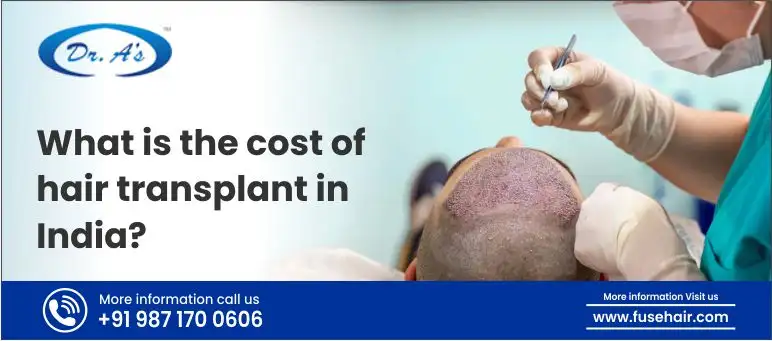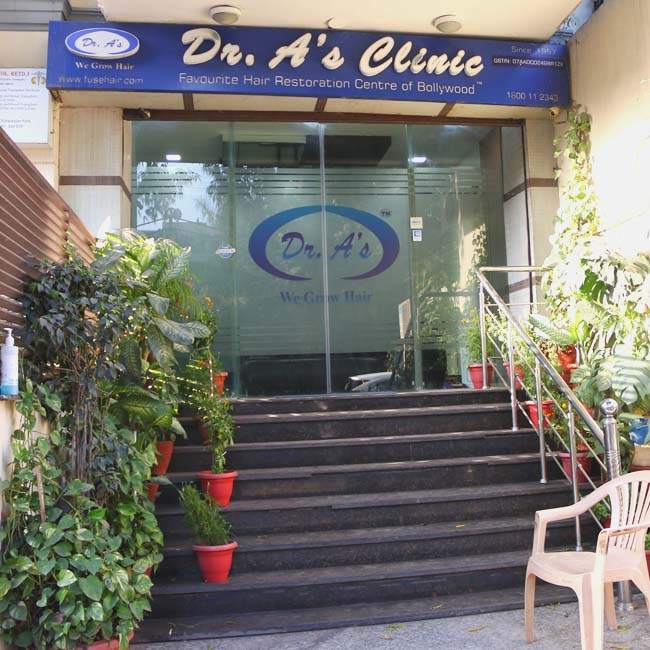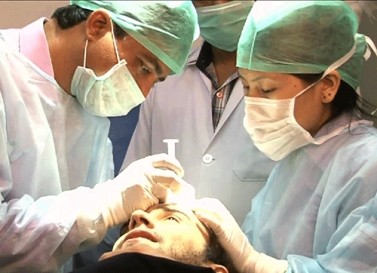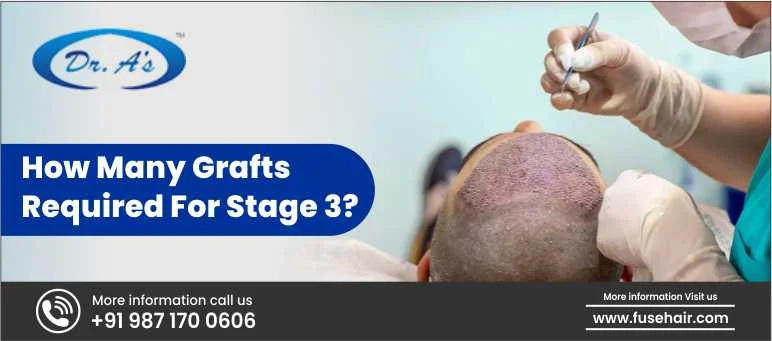
Hair loss is a common concern that affects millions of people worldwide, leading many to seek solutions like hair transplants. A crucial aspect of a successful hair transplant is determining the number of grafts required to achieve natural-looking coverage. The number of grafts needed depends on the severity of hair loss, typically measured using the Norwood Scale, which classifies male pattern baldness into different stages.
For individuals with stage 3 hair loss, a common question arises: How many grafts are required for effective restoration? Achieving the best results depends on precise graft estimation, advanced techniques, and expert surgical skills. Dr. A’s Clinic specializes in providing high-quality hair transplants, ensuring natural hair density and long-lasting results.
In this article, we will discuss the characteristics of stage 3 hair loss, the estimated number of grafts needed, factors affecting hair transplant success, cost estimations, and alternative treatment options.
Understanding Stage 3 Hair Loss
The Norwood Scale is a widely used classification system for male pattern baldness. Stage 3 is considered the first stage of significant hair loss, where noticeable recession occurs in the hairline and temples. Some individuals may also experience vertex thinning, affecting the crown area.
The following are some of the key characteristics of stage 3 hair loss:
- Receding Hairline: The hairline moves backward, forming a deep M-shape at the temples.
- Thinning at the Crown: Some individuals begin experiencing hair loss in the vertex area (crown of the head).
- Moderate Density Loss: The hair may look visibly thinner but still has enough donor hair for transplantation.
- Progression Possibility: If left untreated, stage 3 can progress to more advanced hair loss stages.
At Dr. A’s Clinic, we carefully analyze your stage 3 hair loss, assessing scalp condition and graft requirements to determine the best treatment. Dr. Arvind Poswal’s personalized approach ensures optimal results through advanced hair transplant techniques like FUE and FUT.
How Many Grafts Are Required for Stage 3 Hair Loss?
The number of grafts required for a stage 3 hair transplant depends on the individual’s hair loss pattern and restoration goals. On average, patients require 2,500 to 3000 grafts for satisfactory coverage.
Breakdown of Graft Requirements
Here’s a breakdown of how many grafts are required for each target area:
- For Hairline Restoration: Approximately 1,000 to 1,500 grafts are needed to rebuild the hairline.
- For Temple Recession: Around 500 to 1,000 grafts may be required to restore the temples.
- For Crown Thinning (if affected): Another 500 to 1,000 grafts can be used for mild vertex thinning.
Factors Affecting Graft Requirement
Here are some factors affecting the graft requirement in treating stage 3 hair loss:
- Extent of Baldness: More severe stage 3 cases may require additional grafts.
- Desired Density: Patients seeking denser hair may require a higher number of grafts.
- Donor Area Availability: The number of available grafts at the back of the head limits the number that can be transplanted.
- Hair Type and Texture: Thick, curly hair provides better coverage with fewer grafts, while fine, straight hair may require more grafts.
You can opt for a personalized consultation with Dr. Arvind Poswal to understand the exact graft requirement based on your hair characteristics and goals.
Factors That Influence the Success of a Hair Transplant
A hair transplant’s success depends on several factors beyond just the number of grafts. Here are the key aspects that influence the results:
-
Quality of Donor Hair
The density and health of hair in the donor area (usually the back of the scalp) play a vital role. A good donor area ensures a sufficient number of strong grafts for transplantation.
-
Surgeon’s Expertise and Technique
Choosing an experienced hair transplant surgeon, like Dr. Arvind Poswal can significantly affect the outcome. The most common techniques used to treat stage 3 hair loss condition at our clinic are:
- FUE (Follicular Unit Extraction): In this, we extract individual hair follicles, leaving minimal scarring.
- FUT (Follicular Unit Transplantation): This procedure involves removing a strip of scalp, providing a high graft yield but leaving a linear scar.
- FUSE (Follicular Unit Separation Extraction): A refined technique pioneered by Dr. Arvind Poswal, FUSE involves extracting individual hair follicles with microsurgical precision but without scalpel and stitches.
-
Post-Operative Care
Following proper post-operative care is crucial to ensure optimal graft survival. This includes:
- Avoiding excessive sweating and direct sunlight.
- Taking prescribed medications and using recommended shampoos.
- Avoiding smoking and alcohol to promote healing.
-
Additional Treatments
Some patients may require PRP (Platelet-Rich Plasma) therapy or Minoxidil to improve graft survival and boost hair growth.
Graft-Based Cost Estimation for Stage 3 Hair Transplant in India
The cost of a stage 3 hair transplant in India varies based on multiple factors, including the location, clinic reputation, and the technique used.
The average cost per graft for a hair transplant in India ranges from ₹25 to ₹50. The total expense depends on the number of grafts required, with overall costs varying based on the extent of hair loss and the chosen treatment approach.
| Grafts Needed | Cost Range |
| 1,500 | ₹37,500-₹75,000 |
| 2,000 | ₹50,000-₹1,00,000 |
| 2,500 | ₹62,500-₹1,25,000 |
| 3,000 | ₹1,00,00-₹1,75,000 |
The cost may also include consultation fees, post-operative medications, and follow-up sessions. Choosing a reputable clinic with an experienced surgeon is essential for achieving optimal results.
Alternative Solutions for Stage 3 Hair Loss
Not everyone qualifies for a hair transplant due to insufficient donor hair, medical conditions, age limitations, or unrealistic expectations. In such cases, several alternative treatments can slow hair loss or improve hair density. Below we have discussed some of the most effective alternative solutions for stage 3 hair loss issues:
-
Medications
Medications like Minoxidil (Rogaine) and Finasteride (Propecia) are widely used to treat hair loss and stimulate regrowth. Minoxidil is a topical solution applied directly to the scalp, promoting hair follicle activity and improving density over time. Finasteride, an oral medication, works by inhibiting dihydrotestosterone (DHT), a hormone responsible for hair follicle shrinkage and male pattern baldness.
-
PRP (Platelet-Rich Plasma) Therapy
PRP involves injecting a patient’s own platelet-rich plasma into the scalp to enhance hair growth and improve follicle health.
-
Low-Level Laser Therapy (LLLT)
LLLT devices use laser light to stimulate hair follicles, promoting regrowth and thickening existing hair.
-
Scalp Micropigmentation (SMP)
For those not considering surgery, SMP provides an illusion of fuller hair by applying microdots of pigment to the scalp.
Conclusion
For individuals with stage 3 hair loss, a hair transplant is an effective and permanent solution. On average, 1,500 to 2,500 grafts are needed to restore the hairline and improve density. However, the success of a hair transplant depends on several factors, including donor hair quality, surgeon expertise, and post-operative care.
While hair transplant costs vary in India, choosing a trusted clinic is crucial for the best results. Dr. A’s Clinic, led by Dr. Arvind Poswal, offers expert consultations to assess your hair loss condition and recommend the ideal treatment. Whether it’s FUE, FUT, or the advanced FUSE technique, we ensure natural, long-lasting results. Trust Dr. Arvind Poswal for personalized, effective hair restoration solutions!











































































